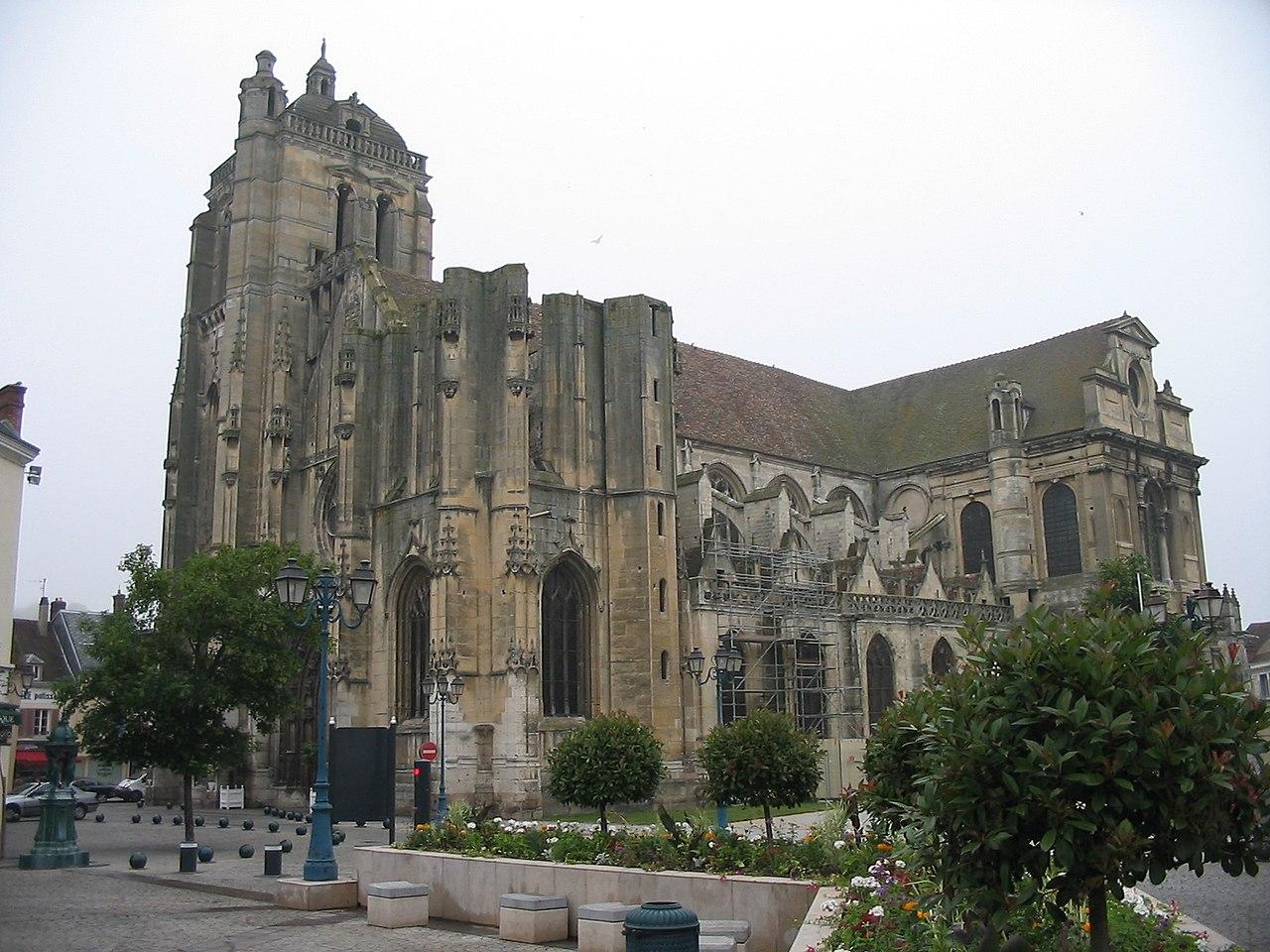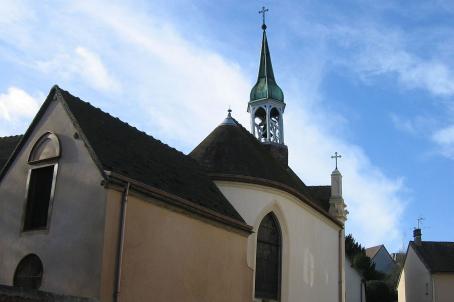Église Saint-Pierre

St Peter's was built between the 13th and 17th centuries. The most important part, the one visible today, was built in the 15th century, after the Hundred Years' War and the destruction caused by the 1421 siege by Henry V of England (1413-1422). While working on the construction of the town's belfry, Clément Métezeau designed the unfinished façade in 1524, which still illustrates what was later called the Louis XII style. At the beginning of the 17th century, the south arm of the transept was added, which was to house the organ during the Second Empire.





